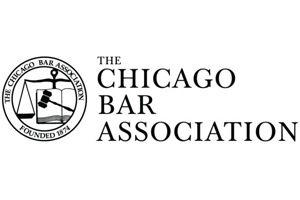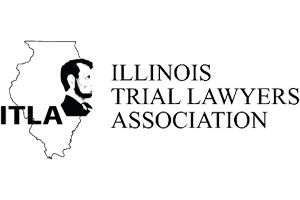Results-Driven
Medication for Blood Clots Can Prevent Dangerous Pulmonary Embolism
June 21, 2011
Blood clots that develop in a vein (usually in a leg), defined as deep vein thrombosis (DVT), can present very serious risks. If a DVT breaks free and travels to the lung, called a pulmonary embolism (PE), the consequences can be fatal. A recent study confirms that anti-coagulation medication can prove highly effective in preventing a DVT from developing into a PE. As a Chicago medical malpractice lawyer, I am familiar with the tragic outcomes that can occur from a DVT having handled these cases before. Two keys to reducing the risk of harm from a DVT is arriving at a timely diagnosis and initiating a proper treatment plan.
Each year, between 350,000 and 600,000 people in the US get develop a DVT. The signs and symptoms DVT vary. The classic symptoms of DVT include pain, welling, and redness of the leg and dilation of the surface veins. Some have estimated that twenty-five percent of all hospitalized patients will develop some for of DVT. The most common risk factors for DVT are recent surgery or hospitalization. Other risk factors include advanced age, obesity, infection, pregnancy, immobilization, and air travel. A DVT is diagnosed by history, exam and tests such as an ultrasound, CT or MRI, blood tests, and/or a venography.
Once a DVT is diagnosed, the goal is to prevent the blood clot from getting larger, prevent the clot from breaking loose and causing a PE, and prevent the clot from happening again. The most common form of DVT treatment is anticoagulation therapy (or blood thinners) such as heparin. This drug helps make blood platelets less sticky or less likely to clot. While they do not break up an existing clot, blood thinners can prevent the clot from getting bigger and reduce the risk of future clots developing. When a patient is diagnosed with a DVT, particularly a large one, timing is of the essence. That is, treatment for DVT should be initiated immediately. The longer the clot is allowed to grow, the greater the risk it can break freak free and cause a fatal PE. Likewise, the proper dosage of anticoagulation must be given (assuming anticoagulation is the best treatment plan). In some cases, surgery may be indicated. Surgery is dependent upon a number of factors including whether the patient is at a particularly high risk of PE and/or whether the patient is able to take blood thinners.
According to a recent study conducted by Dr. Randal R. DMartino of Dartmouth-Hitchcock Medical Center in New Hampshire, anticoagulation therapy dramatically reduces the risk of a DVT developing into a PE as well as further clot formation. Of course, anticoagulation therapy is not appropriate for all patients who develop a clot. Instead, treatment must be predicated on a number of factors. Treatment complications like bleeding are a risk, though they can usually be managed effectively when a patient is being properly monitored. If anticoagulation therapy is given, subsequent blood tests are ordered to determine whether mediations are working properly. This may require an adjustment in dosage. Once a patient is put on blood thinners to treat DVT, they are often prescribed for several months.
Sources Used:
De Martino RR, et al “Anticoagulation for calf deep venous thrombosis: A systematic review and meta-analysis” VAM 2011; Abstract SS34.
Mayo Clinic Website, August 8, 2009.
Wikipedia, Deep Vein Thrombosis
WebMD Website, Deep Vein Thrombosis Health Center, January 5, 2005







